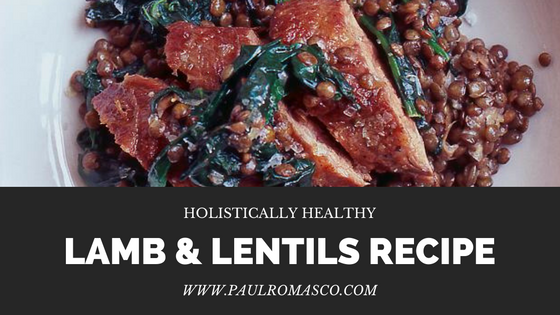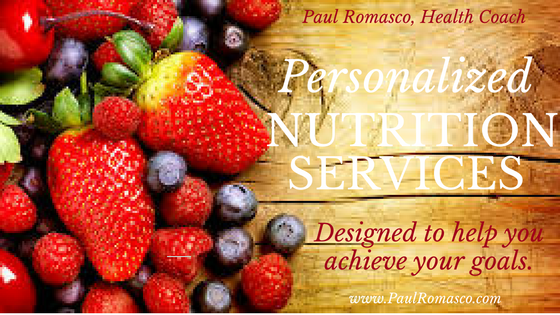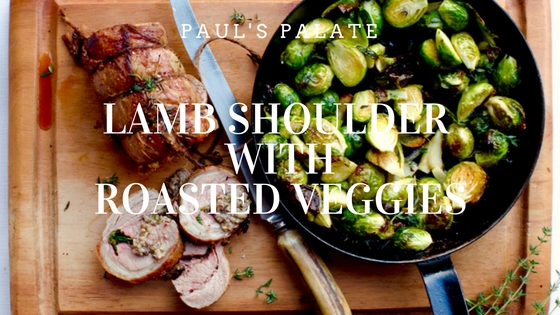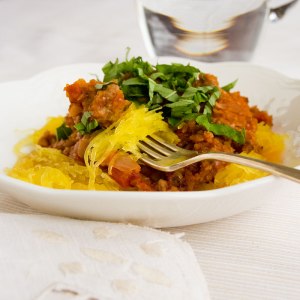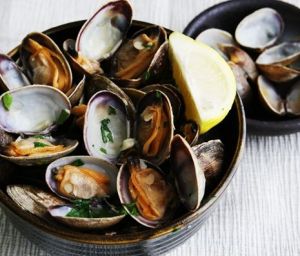I received such positive responses from the steamed mussels’ recipe that I decided to post another recipe – this time for smoked salmon!
The best thing about salmon is that it has the highest Omega 3 content of almost any food in the world…however, make sure you buy wild-caught!
Food producers feed corn to farm-raised salmon, thus increasing the omega 6 content while decreasing omega 3 content. This is to say nothing of other negative outcomes from feeding a species a food they can’t properly digest.
I am aware that high-quality wild-caught salmon can be quite expensive, sometimes over $20/pound. For this reason, I would again urge everyone to check the pre-packaged, frozen seafood section. I know the store near me has frozen, wild- and sustainably-caught salmon for $5/pound…this is after a buy-one-get-one or half-price sale that seems to be permanent.
I like to cook my salmon on a bed of asparagus but honestly, the asparagus can end up being as expensive as the salmon so feel free to substitute another vegetable!
* * * * *
Salmon in Parchment Paper
Preheat oven to 400 degrees
Cut two sheets of parchment paper about 1 foot by 1 foot
Fold both in half and cut the edges to form a half circle
After unfolding each, you should have 2 circles, equal in size
Line asparagus in middle of one sheet and place salmon on top
Add olive tapenade or coconut oil on salmon
Place the second circle over everything so the edges of parchment papers line up
Going around the outside of the circles, fold the edges over, sealing the sheets
Place on an oven tray and cook for 12 minutes
Remove from oven, cut open parchment, and allow to cool
* * * * *
One important detail of this recipe is the use of parchment paper. This will protect the salmon from direct heat, resulting in a steaming affect, protecting the omega 3’s and other nutrients from oxidization.
Chopped olives or coconut goes well with this, but avocado or sweet potato would work too. Basically, you want to make sure you pair an energy source, a carb if you’re active or a fat if you’re sedentary, with this complete protein.
Like last time, I have to indulge my nerdy side and list the impressive nutritional profile of salmon:
Just 3 ounces contains the following:
22 grams of complete protein
2200mg Omega 3 and only 190mg Omega 6
40-60% daily needs of Selenium, Vitamin B12 & B6, and Niacin
20-25% of Riboflavin and Phosphorus
10-15% of Thiamin, Pantothenic Acid, Potassium, and Copper
It also contains trace amounts of activated Vitamin A (retinol), Folate, Calcium, Iron, Magnesium, Sodium, Zinc, and Manganese.
While on the subject of salmon’s nutrient content, it is worth discussing the value of salmons’ high selenium content.
Our oceans have very high levels of mercury which could be quite dangerous, particularly for smaller people and pregnant women. Some sources even recommend limiting fish intake for this reason. While this may be a good idea for larger fish that don’t have as many minerals and nutrients, such as tuna, limiting consumption of salmon would be a terrible idea.
Chemically, selenium binds with mercury, thereby removing it from the body and eliminating any danger. The one downside of this process however, is that much of the selenium content of fish is not absorbed. For this reason, you may want to make sure you are getting enough selenium from other sources (just one or two Brazil nuts will give you all you need for the day).
And with that, you now have two amazingly beneficial, and hopefully tasty, recipes. Both should amount to about $5 per serving or less and provide a great deal of your nutrient needs for the day. Also, considering both are seafood dishes, they would be perfect additions to a vegetarian diet.
Enjoy!
